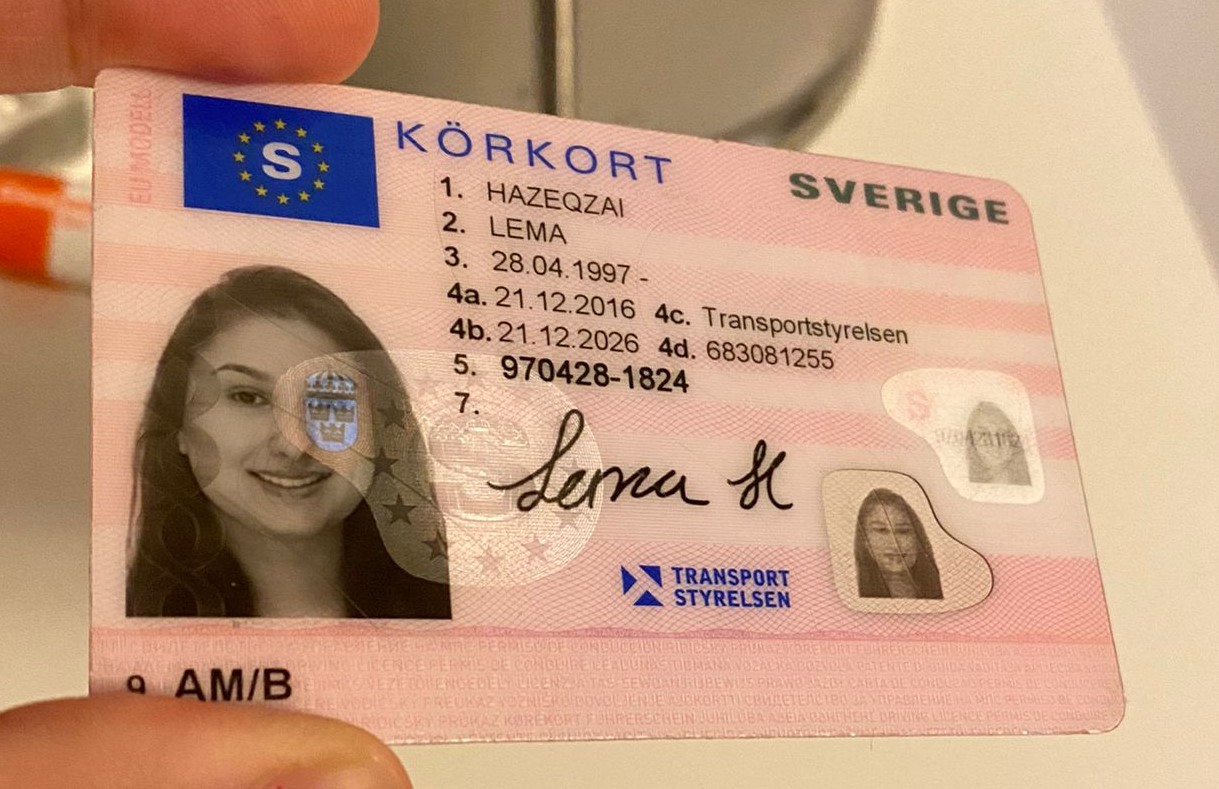The Three Greatest Moments In Driving License Id-Handling 2025 History
페이지 정보
작성자 Bev 작성일25-07-16 21:46 조회4회 댓글0건본문
The Future of Driving Licenses: ID Handling in 2025
As innovation continues to evolve at an unmatched rate, various sectors are embracing developments to enhance user experience and performance. Among the locations experiencing considerable change is identity management, particularly worrying driving licenses. With the introduction of digital licenses and advanced identification methods, the landscape of driving license ID handling is anticipated to undergo significant changes by 2025. This post checks out the anticipated developments in driving license ID handling, the ramifications for users, and answers often asked questions about the future of driving licenses.
The Evolution of Driving Licenses
Driving licenses have traditionally functioned as a method of determining a person's authority to run a motor lorry. They also serve multiple secondary purposes, consisting of age verification and identity verification for banking and travel. However, the physical card system has restrictions, consisting of risks of counterfeiting, loss, and out-of-date details. As society seriously counts on effective and secure recognition systems, the transition toward digital licenses is becoming significantly popular.
Present Trends in Driving License ID Handling
Digital Licenses: Many states are piloting digital driving licenses that allow users to save their credentials on their smartphones. These digital licenses are created with advanced security functions, including biometric information, and can be scanned or shared safely.
Blockchain Technology: Some jurisdictions are checking out blockchain to boost the security and credibility of driving licenses. This technology makes sure that information can not be tampered with which the data is quickly verifiable.
Facial Recognition: Increasingly used in identification practices, facial acknowledgment technology can speed up the process of validating an individual's identity against their driving license. This technology also helps in reducing fraud and keep the stability of the licensing systems.
Multi-Functional Licenses: Future driving licenses may integrate extra features such as health records, travel documentation, and even payment systems, offering an extensive identity service.
The Benefits of Digital Driving Licenses by 2025
The shift towards digital driving licenses presents several advantages, consisting of:
Convenience: Users can access their licenses anytime, which eliminates the need for physical cards. This is particularly helpful when people forget their license, as digital copies can be retrieved quickly.
Security: Advanced security procedures can decrease the threat of identity theft, fraud, and unapproved duplication. Digital licenses frequently consist of encryption and biometric confirmation.
Effectiveness: Reduced wait times at government offices and throughout traffic stops, as police can verify digital licenses quickly.
Implications for Users
While the developments in driving license ID managing present numerous advantages, they likewise include difficulties. Users require to adapt to brand-new innovation and Kortkortonline guarantee they comprehend the modifications and their ramifications. Here are some considerations:
Privacy Concerns: With increased digital footprints, there will be heightened concerns over information privacy and how biometric data is saved and utilized.
Ease of access Issues: Individuals without access to smartphones or digital technologies may deal with barriers to acquiring and making use of digital licenses.
Regulative Compliance: With numerous jurisdictions embracing various systems and procedures, users should know their local laws concerning digital licenses and identification.
Anticipated Changes in Driving License ID Handling by 2025
| Element | Current Status | Anticipated Change by 2025 |
|---|---|---|
| License Format | Physical cards | Predominantly digital licenses |
| Confirmation Process | Manual checks | Automated biometric confirmation |
| Security Measures | Fundamental holograms and features | Advanced file encryption and blockchain |
| Jurisdictional Differences | Fragmented processes throughout states | More standardized nationwide systems |
| User Interaction | In-person renewals and checks | Mobile applications for management |
FAQs
1. What is a digital driving license?A digital driving license is an electronic version of a conventional driving license that is saved on a mobile phone. It can be used for recognition and confirmation in various situations, with boosted security functions to prevent scams.

2. How will digital licenses improve security?Digital licenses use encryption and biometric information, making them more difficult to forge or abuse compared to traditional cards. Furthermore, blockchain technology can ensure information authenticity and stability.
3. Will everyone be required to change to a digital license?While numerous jurisdictions are moving towards digital licenses, regulations might differ. Users are encouraged to talk to their regional licensing authorities for particular standards.
4. What are the possible downsides of digital licenses?Some prospective drawbacks include personal privacy concerns relating to data storage, availability issues for individuals without mobile phones or digital literacy, and the need for a robust regulative framework to handle security and user rights.
5. How can I prepare for the shift to digital licenses?Stay notified about regional efforts concerning digital licenses, explore available mobile applications for managing identification, and cultivate digital literacy to navigate new innovations with confidence.
The future of driving licenses and ID handling is poised for significant evolution by 2025. As digital licenses become more prevalent, users will experience improved security, convenience, and performance. However, together with the advantages come challenges that will need public awareness and adjustment. Stakeholders need to prioritize education, policy, and accessibility to ensure a smooth shift that empowers people with the identification tools of the future. As innovation advances, so too will the techniques through which society manages identity, especially essential in processes as fundamental as operating a motor lorry.
댓글목록
등록된 댓글이 없습니다.














